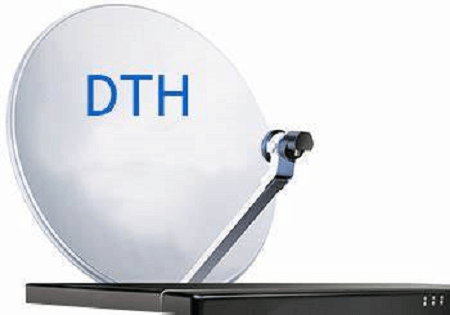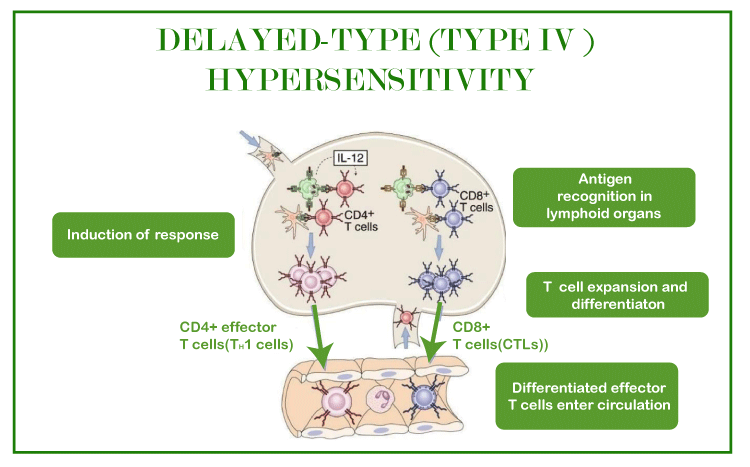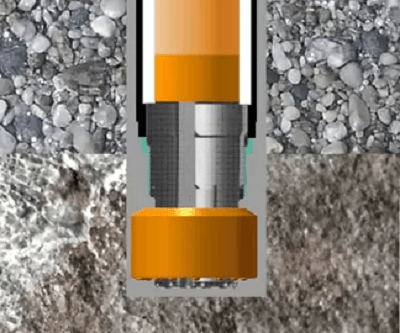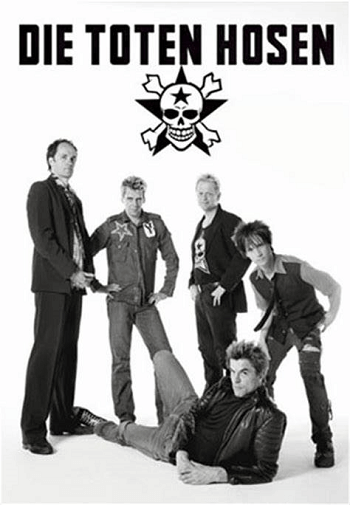What is the full form of DTH(i) DTH: Direct to HomeDTH stands for Direct to Home. A broadcasting corporation can use DTH technology to directly beam the signal to your TV set through a receiver installed in your home. It is not necessary to connect a second cable between the broadcaster and the user. The satellite television transmission system, designed for home reception, is also referred to as "direct-to-house technology". However, Direct broadcast satellite (DBS) technology was the initial name for this technology. The technology was created to compete with local cable TV distribution systems by offering better satellite signals with more channels. DTH, in a nutshell, is the reception of satellite signals on a TV using small dish antennas in a single residence. Geostationary satellites are the ones that are employed for this purpose. The geostationary satellites beam the satellites after digitally compressing and encrypting the communications. They receive dishes or media signals served by DTH providers to their customers. 
Several of India's most popular DTH providers include TATA Sky, BIG TV, Sun Direct DTH, Dish TV, and Airtel DTH. Positive Aspects of DTH Technology
DTH Over Traditional CableDTH has a number of benefits over conventional cable TV. Here are a few examples:
Drawbacks of DTHDTH provides a lot of benefits, but there are a few drawbacks that need to be taken into account. The following are some drawbacks of DTH:
(ii) DTH: Delayed-Type Hypersensitivity
DTH stands for Delayed-Type Hypersensitivity. In particular, a distinct subset of cell-mediated immunity is called delayed-type hypersensitivity (DTH). The term, which refers to cellular infiltrates that cause induration and erythema at the skin test site within 24 to 72 hours, is derived from the skin test used to diagnose tuberculosis. DTH was created to distinguish between antibody-mediated immediate skin test findings and delayed cellular skin test results when describing the response to the tuberculosis skin test. The term has been broadened to cover skin responses to chemicals and plants as well as cell-mediated responses to bacteria or fungus infecting lungs. Cellular reactions to coccidioidomycosis, histoplasmosis, and tuberculosis are regarded as DTH reactions in the lung. Nickel skin reactions and poison ivy skin reactions are both DTH reactions. Monocytes or macrophages, CD8Tc1 cells, CD4Th1 lymphocytes, and natural killer (NK) cells are the main DTH reaction effectors. The antigen's characteristics, the effector cells' characteristics, and the anatomic location all affect the histology of DTH lesions. (iii) DTH: Down the Hole
DTH also stands for Down the Hole. Contractors may now dig wells more quickly and effectively using down-the-hole (DTH) drilling, and they can switch from boring through the soil to boring through rock by simply attaching a compressor and hammer to the drill bit. Earlier, when the drillers used to run into rock while working on a dirt bore, contractors would typically pack up and go on to the next dirt bore, leaving the stone boring to be unfinished. However, when using DTH drilling, contractors can attach a compressor and a steerable hammer to the drill they were using for the current directional hole to convert it to a rock drill when they run into the rock. (iv) DTH: Die Toten Hosen
DTH also stands for Die Toten Hosen. German punk/metal band Die Toten Hosen is one of Germany's most famous rock bands, commanding a sizable and devoted following at home and abroad in Australia, South America, and Japan decades after they started. They are renowned for their irreverent approach and challenging but catchy compositions. Die Toten Hosen, sometimes known as "the Dead Trousers", were two Düsseldorf punk bands that disbanded in 1982. ZK and KFC were the original members. The Hosen's vocalist Campino (born-name Andreas Frege; June 22, 1962), guitarist Breiti (born-name Andreas Breitkopf; February 6, 1964), rhythm guitarist Kuddel (born-name Andreas Von Holst; June 11, 1964), bassist Andi (born-name Andreas Meurer; July 24, 1962), and drummer Trini (born-name Klaus-Dieter Trimpop; June 10, 1951) all adopted stage names to avoid confusion. In 1983, Die Toten Hosen self-released Opel Gang; a few months later, EMI signed the band and had the album reissued.
Next TopicFull Form
|
 For Videos Join Our Youtube Channel: Join Now
For Videos Join Our Youtube Channel: Join Now
Feedback
- Send your Feedback to [email protected]
Help Others, Please Share










